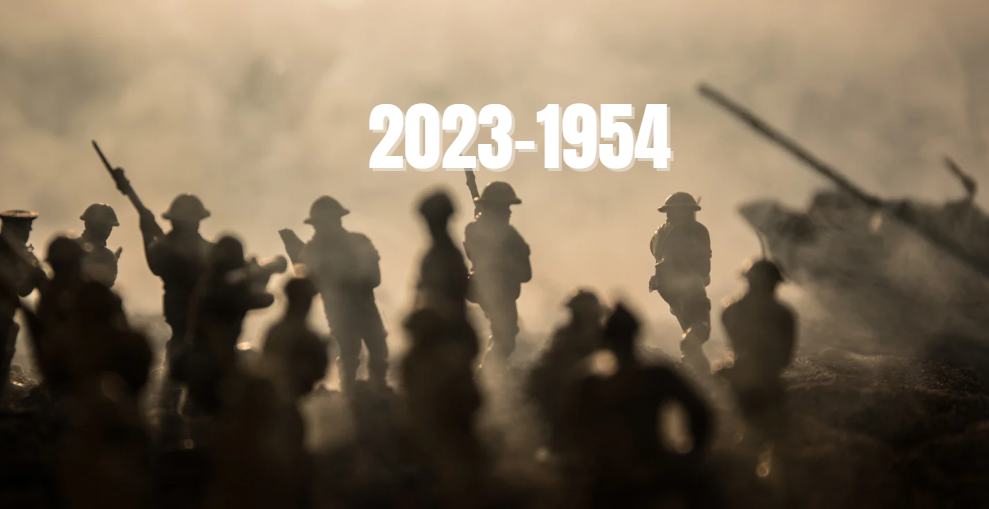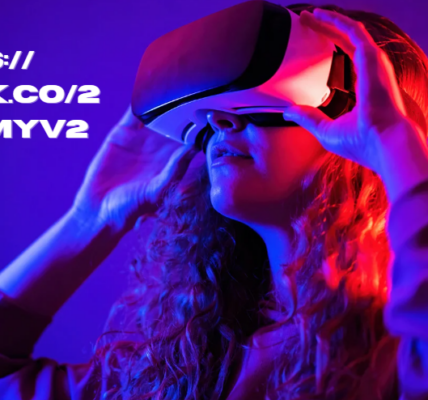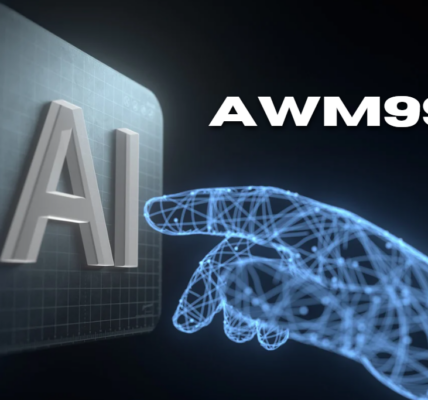Contents
- 1 Introduction
- 2 Historical Context of 1954
- 3 Transformations Over the Decades
- 3.1 1960s: Social Change and Space Exploration
- 3.2 1970s: Environmental Awareness and Economic Challenges
- 3.3 1980s: Technological Boom and Globalization
- 3.4 1990s: Digital Revolution and Political Shifts
- 3.5 2000s: Terrorism and Technological Integration
- 3.6 2010s: Climate Change Awareness and Technological Advancements
- 4 The Present Day: 2023
- 5 FAQs about 2023-1954
- 6 Conclusion
Introduction
The term “2023-1954” might seem cryptic at first glance, but it encapsulates a fascinating span of history, culture, and technological advancement.
This article will delve into the significance of the period from 1954 to 2023, exploring key events, trends, and transformations that have shaped the modern world. By optimizing this content for the keyword “2023-1954,” we aim to provide a thorough and engaging resource for readers in the USA.
Historical Context of 1954
Political Landscape
In 1954, the world was deeply entrenched in the Cold War, a period of geopolitical tension between the United States and the Soviet Union. This era was marked by ideological battles, nuclear arms races, and significant political events that influenced global dynamics.
Key Events:
- The Geneva Accords: Marking the end of the First Indochina War, these accords temporarily divided Vietnam at the 17th parallel.
- Brown v. Board of Education: The landmark Supreme Court decision declared racial segregation in public schools unconstitutional, catalyzing the Civil Rights Movement in the USA.
Technological Advancements
1954 was a pivotal year for technological innovation. The world saw the advent of nuclear energy and significant progress in electronics and communications.
Notable Innovations:
- Nuclear Power: The first nuclear power plant began operations in Obninsk, Soviet Union.
- Transistor Radios: The Regency TR-1, the first commercial transistor radio, was released, revolutionizing personal electronics.
Transformations Over the Decades
1960s: Social Change and Space Exploration
The 1960s were characterized by profound social upheaval and remarkable achievements in space exploration.
Social Movements:
- Civil Rights Movement: The struggle for racial equality gained momentum in the USA.
- Counterculture Movement: A significant cultural shift occurred, challenging traditional norms and promoting peace, love, and freedom.
Space Race:
- Apollo 11: In 1969, NASA successfully landed the first humans on the Moon, a monumental achievement in human history.
1970s: Environmental Awareness and Economic Challenges
The 1970s brought heightened environmental consciousness and significant economic challenges.
Environmental Milestones:
- Earth Day: The first Earth Day was celebrated in 1970, sparking a global environmental movement.
- Environmental Legislation: The USA saw the establishment of the Environmental Protection Agency (EPA) and the passage of key environmental laws.
Economic Issues:
- Oil Crisis: The 1973 oil embargo led to energy shortages and economic instability worldwide.
- Stagflation: A period of economic stagnation combined with high inflation affected many countries.
1980s: Technological Boom and Globalization
The 1980s witnessed a technological boom and the beginnings of globalization.
Technological Innovations:
- Personal Computers: The introduction of personal computers revolutionized business and personal life.
- Internet Development: The foundations of the modern internet were laid, setting the stage for future digital communication.
Globalization:
- Economic Policies: Deregulation and free-market policies accelerated globalization and international trade.
1990s: Digital Revolution and Political Shifts
The 1990s were defined by the digital revolution and significant political shifts.
Digital Revolution:
- World Wide Web: The creation and popularization of the World Wide Web transformed information access and communication.
- Mobile Phones: The proliferation of mobile phones changed how people communicated and conducted business.
Political Changes:
- End of the Cold War: The dissolution of the Soviet Union in 1991 marked the end of the Cold War.
- Global Conflicts: The decade saw various conflicts, including the Gulf War and the Yugoslav Wars.
2000s: Terrorism and Technological Integration
The early 2000s were marked by the rise of terrorism and deeper technological integration into daily life.
Terrorism:
- 9/11 Attacks: The September 11, 2001, terrorist attacks profoundly impacted global politics and security.
- War on Terror: The USA and its allies launched military operations in Afghanistan and Iraq.
Technological Integration:
- Social Media: Platforms like Facebook and Twitter revolutionized social interaction and information dissemination.
- Smartphones: The launch of the iPhone in 2007 marked the beginning of the smartphone era.
2010s: Climate Change Awareness and Technological Advancements
The 2010s saw increased awareness of climate change and rapid technological advancements.
Climate Change:
- Paris Agreement: The international treaty aimed at combating climate change was adopted in 2015.
- Renewable Energy: Significant investments in renewable energy sources like wind and solar power.
Technological Advancements:
- Artificial Intelligence: AI technologies began transforming various industries, from healthcare to finance.
- Cryptocurrency: The rise of Bitcoin and other cryptocurrencies introduced new financial paradigms.
The Present Day: 2023
Current Events and Trends
As of 2023, the world is grappling with numerous challenges and embracing new opportunities.
Major Issues:
- Global Health: The aftermath of the COVID-19 pandemic continues to influence public health policies and economic recovery efforts.
- Geopolitical Tensions: Ongoing conflicts and political tensions shape international relations.
Technological Trends:
- Green Technology: Innovations in green technology are crucial for addressing climate change.
- Digital Transformation: The continued integration of digital technologies into everyday life and business operations.
Reflections and Insights
Reflecting on the period from 1954 to 2023, we see a world that has undergone immense transformation. From the Cold War era’s geopolitical struggles to the digital revolution and today’s focus on sustainability, each decade has contributed to the complex tapestry of modern society.
Key Takeaways:
- Resilience and Adaptation: Humanity’s ability to adapt to technological changes, environmental challenges, and social upheavals is a testament to our resilience.
- Interconnectedness: The increasing interconnectedness of the global community highlights the importance of collaboration and mutual understanding.
FAQs about 2023-1954
What does “2023-1954” signify?
The term “2023-1954” refers to the period from 1954 to 2023, encompassing nearly seven decades of historical, cultural, and technological developments.
Why is the year 1954 significant?
1954 was a pivotal year marked by important political events, such as the Geneva Accords and Brown v. Board of Education, as well as significant technological advancements like the first nuclear power plant and transistor radios.
How has technology evolved from 1954 to 2023?
Technology has evolved dramatically, from the early days of nuclear power and transistor radios in the 1950s to the digital revolution of the 1990s and the advanced AI and renewable energy technologies of the 2020s.
Major social changes include the Civil Rights Movement, the counterculture movement of the 1960s, increased environmental awareness in the 1970s, and the rise of social media and digital communication in the 2000s and 2010s.
How has globalization impacted the world?
Globalization has led to increased international trade, cultural exchange, and economic interdependence. It has also brought challenges such as economic inequality and cultural homogenization.
Conclusion
The span of time from 1954 to 2023, encapsulated in the keyword “2023-1954,” represents an era of profound change and development. This period has seen the rise and fall of political ideologies, groundbreaking technological advancements, significant social movements, and the ongoing challenge of addressing global issues such as climate change and public health.
By exploring this period comprehensively, we gain a deeper understanding of how the past shapes our present and future. This article has aimed to provide not only a chronological account of key events but also original interpretations, analyses, and insights that go beyond existing information.
As we look to the future, the lessons learned from “2023-1954” will continue to guide us in navigating the complexities of the modern world, fostering a more resilient, interconnected, and sustainable global community.













































